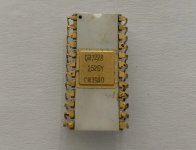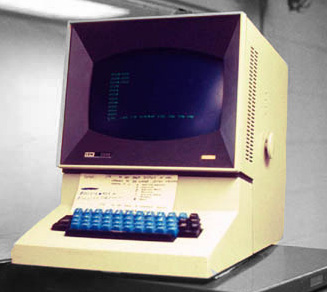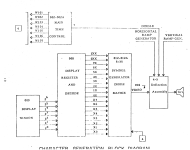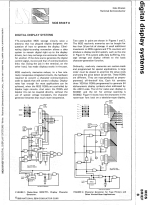falter
Veteran Member
I've been collecting character generators for a while now.. I'm just fascinated with them and all the different character patterns they produce. I scored this 2526 for 1 cent. I may use some in projects, or otherwise just display.
But I'm curious.. ive been trying to figure out, if it's possible, what the first character generator IC was, whose it was etc. Any thoughts? I've been googling but it doesn't seem to be a subject of great interest, and wiki comes up with the TV character generation machines rather than ICs.
But I'm curious.. ive been trying to figure out, if it's possible, what the first character generator IC was, whose it was etc. Any thoughts? I've been googling but it doesn't seem to be a subject of great interest, and wiki comes up with the TV character generation machines rather than ICs.





